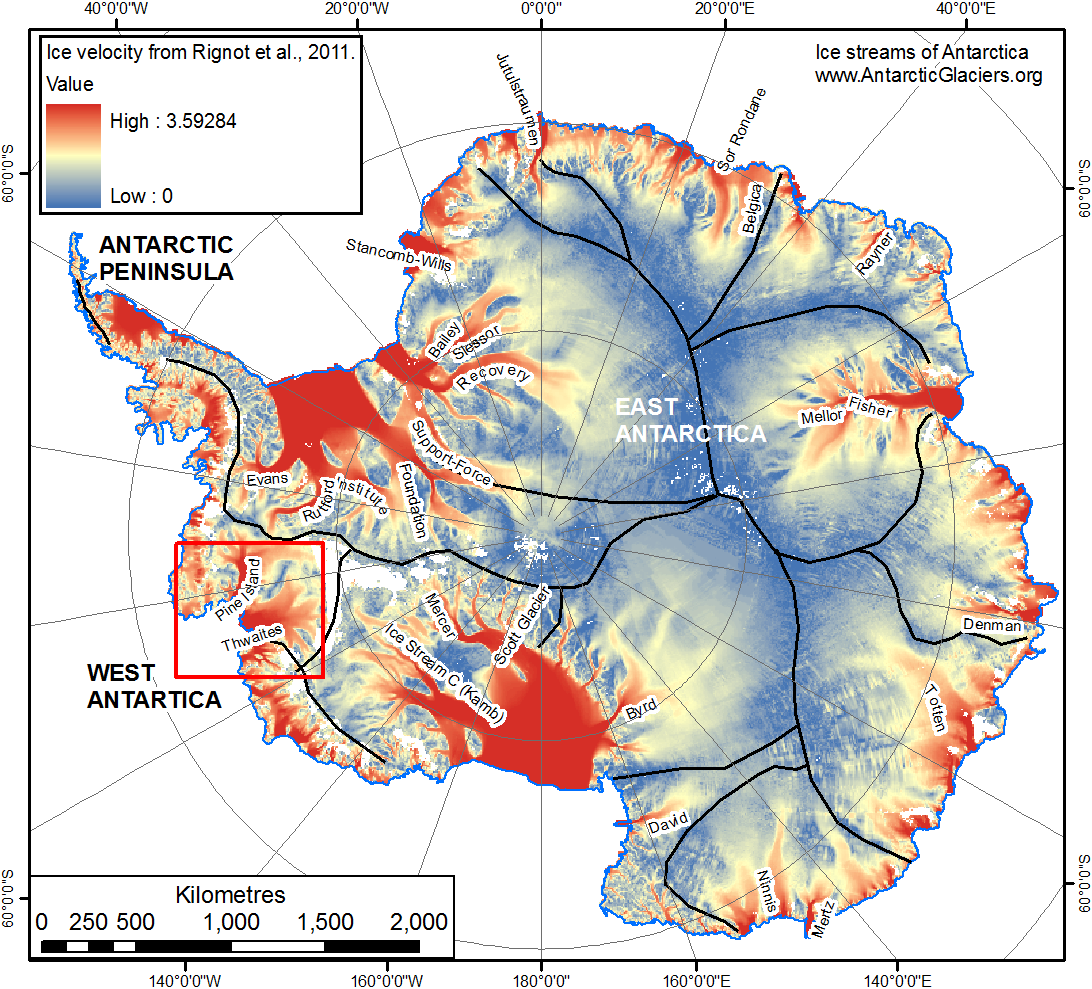Do you think the forcing factors illustrated in that graphic do NOT apply to the Arctic?
What NATURAL factor do you believe has caused the warming, globally or in the Arctic? Saying it has happened before doesn't explain a fucking thing.
The sudden dropping of the ANTARCTICA argument to argue over the Arctic region is a very bad deflection.
It is clear you have abandoned the South Pole...........................
The Continent of Antarctica is waaaay too cold and below freezing year around in over 95% of the area. West Antarctica is also toooo cold to melt all that snow and ice mass. The only area that matters are influx of warm water and periodic Volcanic eruptions.
Meanwhile some recent published science papers on the region:
Researchgate
Hrbacek et al, 2018
Active layer monitoring in Antarctica: an overview of results from 2006 to 2015
“Active layer monitoring in Antarctica: an overview of results from 2006 to 2015 … Air temperatures showed significant regional differences within the study areas. In the western Antarctic Peninsula region, Vestfold Hills and northern Victoria Land, a slight air temperature cooling was detected, while at other sites in Victoria Land and East Antarctica the air temperature was more irregular, showing no strong overall trend of warming or cooling during the study period (Figure 2). The Antarctic Peninsula region has been reported as the most rapidly warming part of Antarctica (e.g. Turner et al., 2005, 2014), but cooling has been reported since 2000 (Turner et al., 2016). Relatively stable air temperature conditions during the past 20 years were reported in Victoria Land (Guglielmin & Cannone, 2012).”
“Significantly, thicker thaw depths were observed in the colder regions of the eastern Antarctic Peninsula and the coastal zone of East Antarctica. The general pattern suggests that factors other than regional climate should be considered when examining the ground thermal regime (e.g. Hrbáček, 2016). Between 2009 and 2014, substantial active layer thinning was observed at all sites in the western Antarctic Peninsula. The thinning was attributed to climate cooling in the region (Oliva, Navarro, et al., 2017; Turner et al., 2016) and changes in snow cover accumulation, as well as snow persistence during the summer, reducing active layer thaw (de Pablo et al., 2017). In contrast, pronounced active layer thickening between 2010 and 2013 was recorded at Novolazarevskaya in coastal East Antarctica.”
and,
Elsevier
Ramesh and Soni, 2018
Perspectives of Antarctic weather monitoring and research efforts
“The present paper reviews the progress of India’s scientific research in polar meteorology. The analysis of 25 years meteorological data collected at Maitri station for the period 1991–2015 is presented in the paper. The observed trend in the temperature data of 19 Antarctic stations obtained from READER project for the period 1991–2015 has also been examined. The 25 years long term temperature record shows cooling over Maitri station. The Maitri station showed cooling of 0.054 °C per year between 1991 and 2015, with similar pronounced seasonal trends. The nearby Russian station Novolazarevskaya also showed a cooling trend of 0.032 °C per year. … The temperature trend in average temperature of 19 Antarctica stations is also examined to ascertain the extent of cooling or warming trend (Supplementary Table_S1). The majority of stations in East Antarctica close to the coast show cooling or no significant trend. … Turner et al. (2016) using stacked temperature record found a significant cooling trend for the Antarctic Peninsula for the period 1999–2014. Their study suggests that the warming on the Antarctic Peninsula during 1979–1997 and subsequent cooling during 1999–2014 are both within the limits of the decadal time scale natural climate variability of the region. Smith and Polvani (2017) examined the relationship between the SAM and Antarctic surface air temperature trends, in both models and reanalyses. They also found convincing evidence that natural climate variability is the major contributor to the warming of West Antarctica and Antarctic Peninsula. … The Antarctic Sea-ice extent has been showing increasing trend in the recent past few decades. The rate of change in Antarctic sea-ice extent exhibit strong regional differences with increase in some regions and decrease in other. The mean Antarctic sea-ice extent increased at a rate of 1.2–1.8% per decade between 1979 and 2012 (IPCC, 2013). Gagné et al. (2015) attributed increase in Antarctic sea-ice extent to internal variability.”
